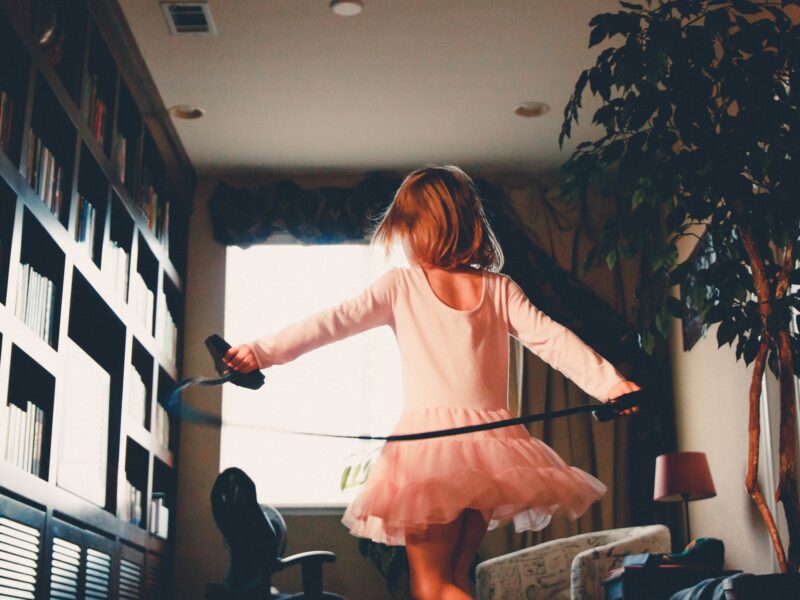
If it seems like your kids always have ants in their pants, it may be time to think about enrolling them in a dance class or two.
From hip hop to classical ballet, a variety of styles exist to suit every taste, and they all deliver a great workout, an outlet for the imagination, a way to develop style and confidence, and a healthy dose of discipline.
The next time your kids can’t sit still, put on some music and see what they’ve got!
Styles of Dance
A variety of dance styles exist, which will make finding a class for your kids much easier. Some of the most popular dance classes for children include:
- Ballet – this classical dance form is often described as the foundation of all other types of dance. These classes are usually set to classical music, require precise movements, and increase strength, coordination and flexibility. Ballet also requires proper posture that will stay with children as they leave the studio.
- Jazz – much more “loose” than ballet, jazz dancing is a perennial favourite with children. These classes can be set to a variety of fun, upbeat music and there is much flexibility in the type of movements kids will perform. Jazz is a particularly creative form of dance loved by children with great imaginations.
- Tap – this high energy form of dance requires kids to move their feet and “tap” in time to the music. A variety of predetermined moves are used throughout these classes, and children develop coordination and rhythm as they study.
- Hip Hop – a relative newcomer in the dance market, hip hop dance classes are set to music including funk, hip hop and rap. This style of dance is modern and flexible, so dance teachers have great leeway in choreographing routines. Like jazz, creative children will love hip hop dancing, and many more will enjoy the popular, current music.
- Ballroom – more popular with teens and adults, ballroom dancing is well known for its cut throat competitions. Children who seek to learn ballroom dancing will be introduced to classic dances such as the rumba, foxtrot and tango.
- Irish – Irish dancing is famous for its fancy footwork combined with a straight upper body. In this style, all of the movements are performed from the hips down, and classes are generally set to traditional Irish music such as jigs and reels.
- Modern – this style of dance can be thought of as a master’s level jazz class. This is a particularly technical style of dance that will help kids further develop their coordination and balance. Developing a personal style may also be a part of modern dance classes.
- Music and Movement – exclusively for young (preschool aged) children and their parents, music and movement classes are an introduction to dance and music. These classes allow young children to become comfortable with body movement, and help them develop coordination and creativity.
Dance Class Decisions
Many factors can influence the type of dance class in which your kids ultimately enroll. Remind them to consider:
- Personal preference – what type of music and movements do they like?
- Time commitments – is this a once a week hobby or something more?
- Costumes – how does they feel about dressing up, particularly the boys?
- Competition – are they expecting to compete in dance?
- Examinations – are they hoping to be examined on their dance skills?
- Performances – are they frightened or excited by the thought of performing?
As a parent, you must also take into account several factors when enrolling children in dance classes. Think about:
- Fees – consider registration fees, fees for shoes and costumes, the cost of clothing for class, the cost of recital tickets, fees for examinations and competition fees.
- Time commitments – even if your children are willing to dedicate their time to classes, do you have the time to routinely drive them to the studio and performance venues?
- Philosophy – if your kids are committed to dance, the studio will become their second home. Are you comfortable with the philosophy and environment of their chosen dance studio or school?
- References – no matter how you selected a particular dance school or studio, good references are a must. Are you satisfied with the teachers’ training and qualifications, and were you offered references to follow up with?
No matter what types of dance classes your children choose, they will learn invaluable lessons in movement, music, confidence and creativity.
Begin investigating dance schools in your area today so that your kids can twirl their way into tomorrow!

